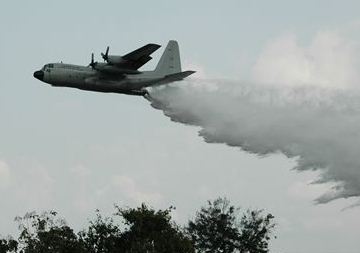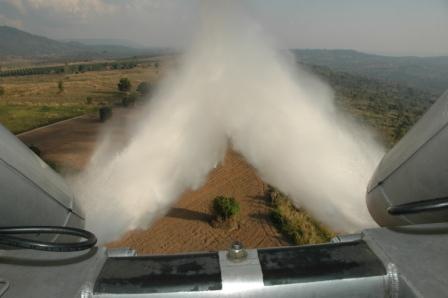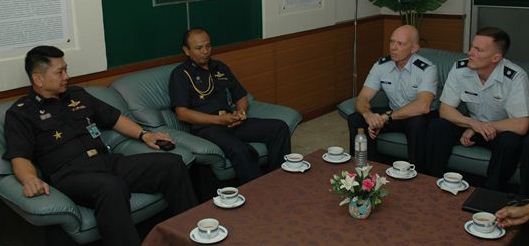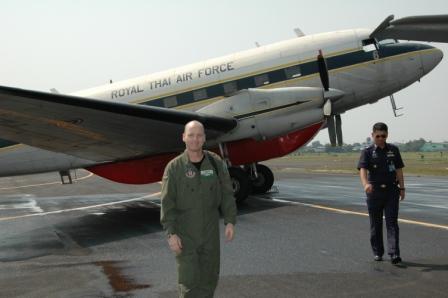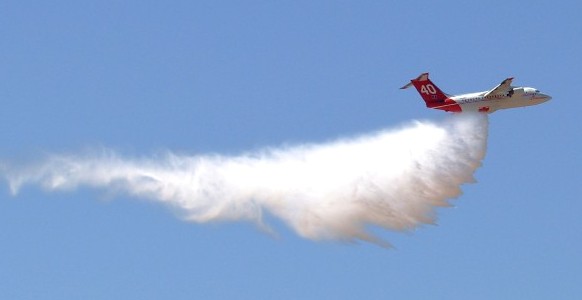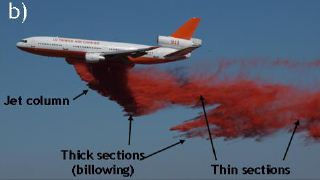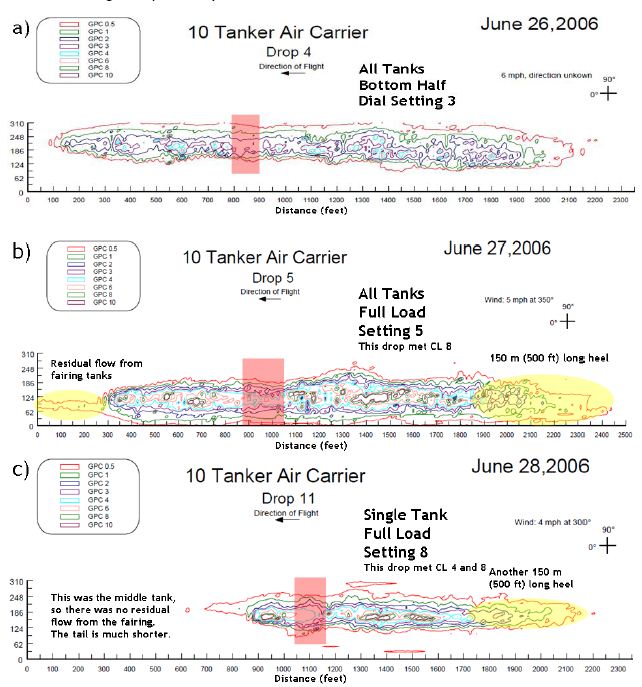 The Federal Aviation Administration has issued new rules aimed at reducing the crashes of aircraft caused by “widespread fatigue damage” on older airplanes. As part of the justification for the new policy they gave 12 examples where fatigue cracks and other failures of metal parts were found on aircraft. None of them resulted in crashes or fatalities except for three that involved air tankers.
The Federal Aviation Administration has issued new rules aimed at reducing the crashes of aircraft caused by “widespread fatigue damage” on older airplanes. As part of the justification for the new policy they gave 12 examples where fatigue cracks and other failures of metal parts were found on aircraft. None of them resulted in crashes or fatalities except for three that involved air tankers.
The new directive affects some turbine powered transport aircraft with a maximum takeoff weight greater than 75,000 pounds with a type certificate issued after January 1, 1958. It apparently does not apply to air tankers and only affects aircraft operated under Parts 121 or 129, scheduled air carriers and foreign air carriers.
The new rule requires:
1. Establish a limit of validity of the engineering data that supports the structural maintenance program (LOV);
2. Demonstrate that widespread fatigue damage (WFD) will not occur in the airplane prior to reaching the LOV; and
3. Establish or revise the Airworthiness Limitations section in the Instructions for Continued Airworthiness to include the LOV.
Here are the three air tanker crashes cited in the report:
• Lockheed C-130A: Fatigue cracks in the wing structure. On August 13, 1994, while responding to a forest fire in the Tahachapi Mountains near Pearblossom, California, the airplane experienced an in-flight separation of the right wing. All 3 flight crewmembers were killed, and the airplane was completely destroyed.
• Lockheed C-130A: Fatigue cracks in the wing structure. On June 17, 2002, while executing a fire retardant drop over a forest fire near Walker, California, the airplane’s wings folded upward at the center wing-to-fuselage attachment point, and the airplane broke apart. All three flight crewmembers were killed, and the airplane was completely destroyed.
• Consolidated-Vultee P4Y-2: Fatigue cracks in the wing structure. On July 18, 2002, the airplane was maneuvering to deliver fire retardant over a forest fire near Estes Park, Colorado, when its left wing separated from the airplane. Both flight crewmembers were killed, and the airplane was destroyed. An examination of other Consolidated-Vultee P4Y-2 airplanes revealed that the area was difficult to inspect because of its location relative to fuselage structure. (NTSB report)
It seems odd that the FAA cited these three crashes as justification for the new rules, but wrote them so that they do not apply to air tankers.
Some of the currently used air tankers that have a maximum takeoff weight of greater than 75,000 pounds include:
- C-130J (turboprop engines)
- P-3C Orion (turboprop)
- 747 (turbofan engines)
- P2V (Cyclone Turbo-compound radial engines)
- DC-10 (turbofan engines)
- BAe 146 (turbofan engines)
The weights of the S2-T and single engine air tankers are well below 75,000 pounds.
Chuck Bushey, who keeps records of wildland fire fatalities, reports that from 1958 through 2009 there were 162 deaths in air tanker crashes, which is an average of 3.11 fatalities each year. Some of these were due to widespread fatigue damage.
Twenty years ago there were 44 large air tankers under federal exclusive use contracts. After the two crashes in 2002 all of the C-130A and P4Y-2 air tankers were grounded and the 33 remaining large air tankers had to undergo an improved inspection program before they returned to active service. Today there are only 18 large air tankers under federal exclusive use contracts.
The U.S. Forest Service estimates that “by 2012 the remaining air tankers will be either too expensive to operate or no longer airworthy”.
We have written before about the state of the air tanker fleet and offered some suggestions for improvement.
Here is a video of the crash of the C-130A near Walker, CA on June 17, 2002:


